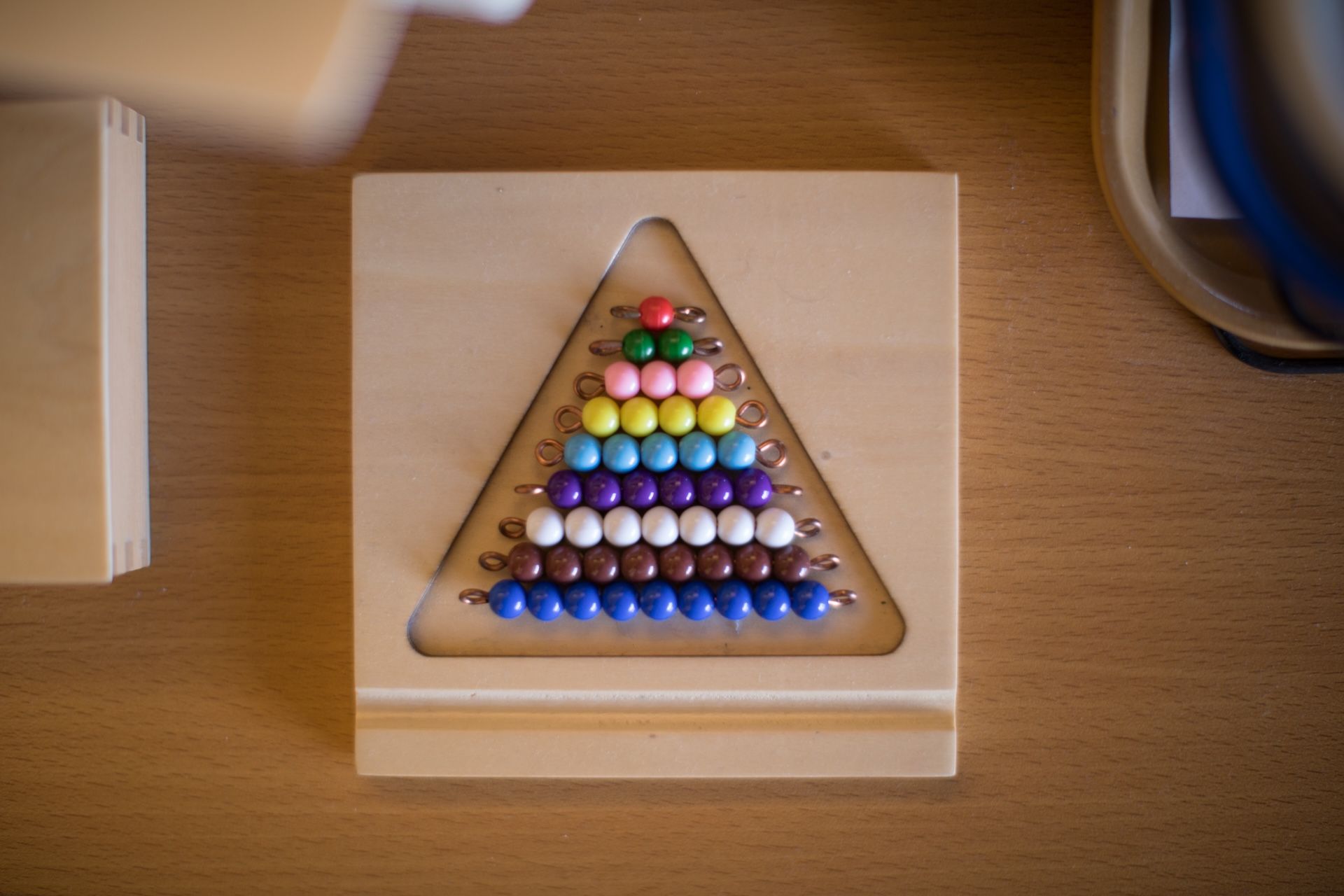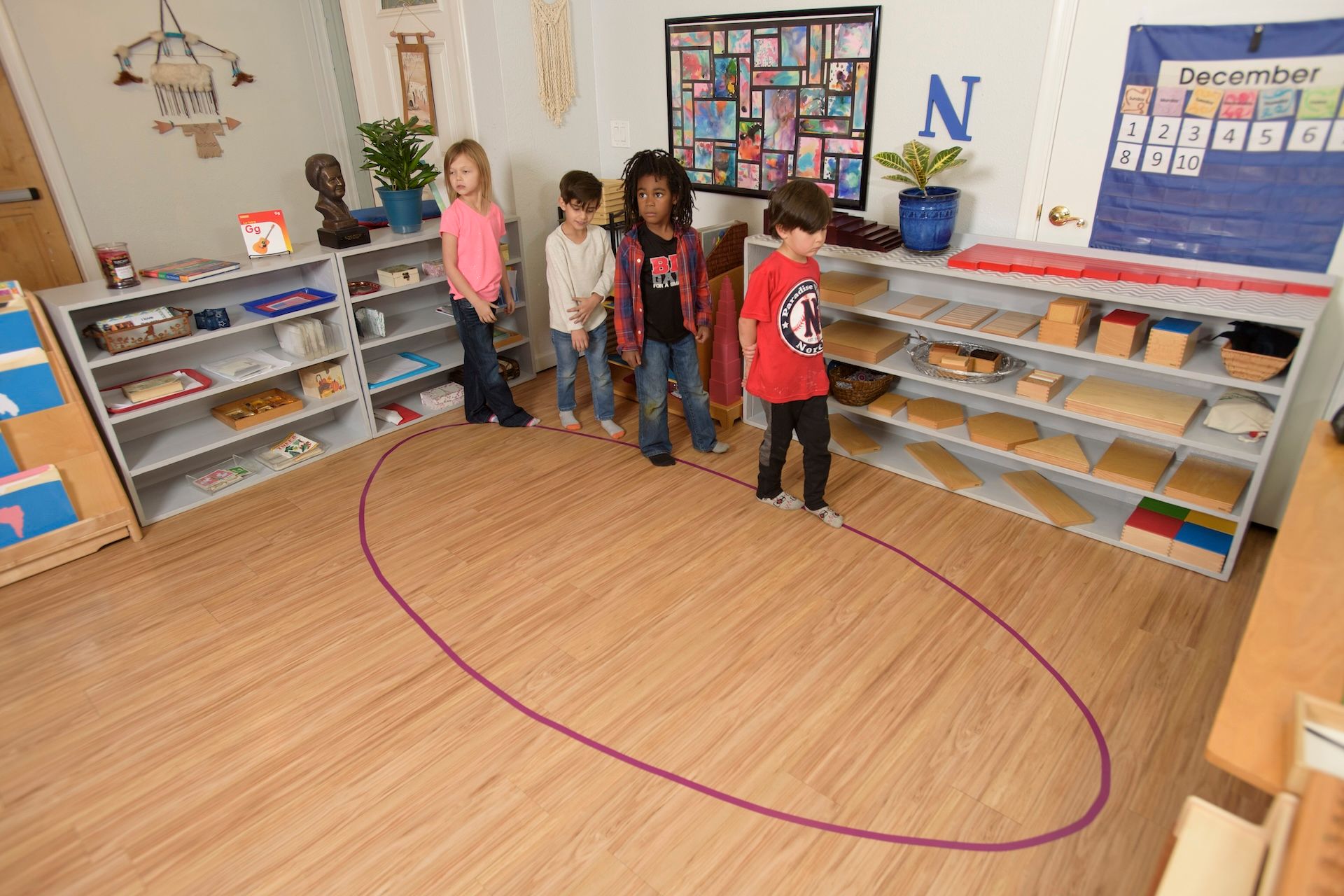Few things are as important as growing a child’s vocabulary. Several studies have shown that an increased vocabulary at a young age is a predictor of future school success. From the moment babies are born, they’re trying to learn how to communicate with everyone around, i.e. language acquisition. Once they start, there’s no reason to stop learning new words. Human brains are on maximum absorbency in the earlier years. With direction and support, they can start out on an early path to a widely varied vocabulary and future education success. How can you help expand your child’s vocabulary?

Being exposed to new words repeatedly is the most critical element in remembering and reusing it. One study showed that it can take as many as 12 different times encountering a new word before it’s really integrated into the word bank. Memorization isn’t the best way to get this information through. Rather than giving out lists of words with definitions, Montessori education tries to teach new words within context so the meaning becomes apparent. For early learners, this can be easy. Point out things around the house or when you’re out in new places. When they’re actively pulling in new images, make sure you have a chance to plant the sounds of the names in their heads. Don’t shy away from complicated terms and always use the real words for people, places, and things identified. Make sure new words are well-defined and understood. Try to find opportunities to reinforce the words they’re learning at school. Labeled items present a small, but noticeable, opportunity to see words and give your kids the chance to help you put things away—everything is so easy to find.
Books in all their forms and fashions are wonderful tools. Have a selection readily accessible to encourage more self-directed reading. Books on CD or audiobooks are also valuable. Spelling and pronunciation are both part of learning a word but situations are far more important. Different books will expose children to new definitions of words they may have heard before. There might be engaging pictures or stories your kids become attached to. And who knows? You may stumble on the book that sparks a lifelong love of reading.
Flash cards or memory-based card games make the learning process more engaging, especially if your child claims not to like reading. Montessori education uses cursive when teaching children to write, so finding cards with cursive letters is a plus. Many of them are themed and use a mix of pictures and written language to keep things interesting. You can print your own from online templates or purchase them from a variety of retailers. If your young child has a favorite theme (like animals or nature), consider trying to find a portable version of these little cards that they can peruse when riding in the car or waiting.
Sometimes, the simplest solutions are among the best. Talking and reading to your children are both reliable ways to keep their verbal skills strong. As they age, changing topics and genres will keep it fun for all of you. Make sure you get their input too so they feel like they have a voice.
All parents want to give their kids the best possible chance of succeeding in infancy, in school, and anywhere they go. Fortunately, they aren’t alone. Educators at our school work tirelessly with each student on their individual needs. The classroom is oriented towards helping children learn as many words as possible. With extra support at home, there’s nothing they can’t achieve.
The post Building Vocabulary at Home appeared first on Pebblecreek Montessori.
Hours
MONDAY - FRIDAY
HALF DAY: 8:30a – 12 noon
ACADEMIC DAY: 8:30a – 3:30p
EARLY CARE: 7:00a – 8:30a
AFTER CARE: 3:30p – 6:00p
OFFICE: 8:00a - 4:00p
Programs
Connect
Pebblecreek Montessori




